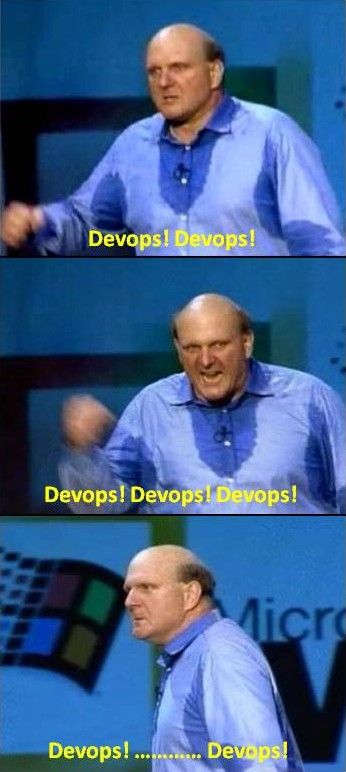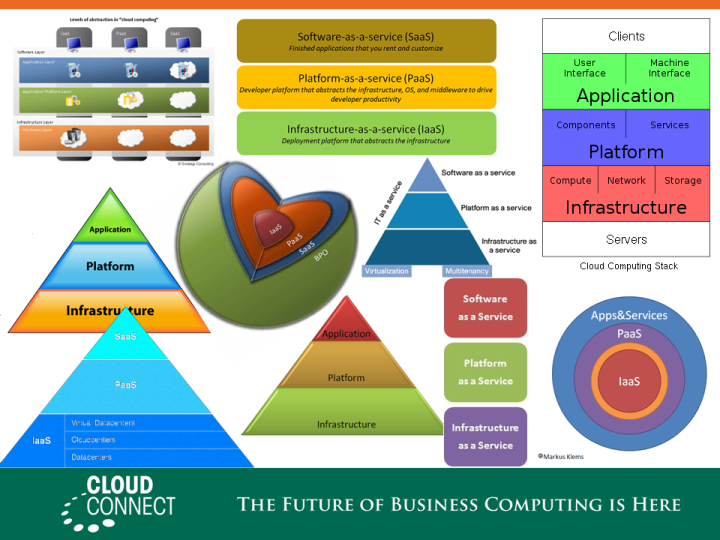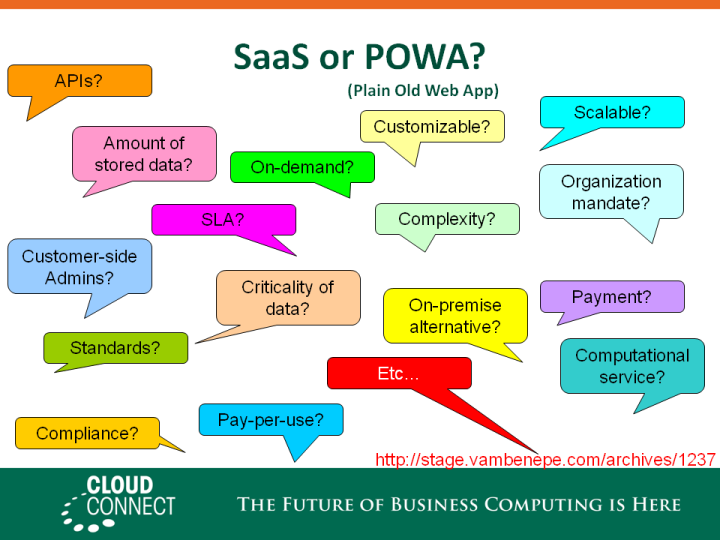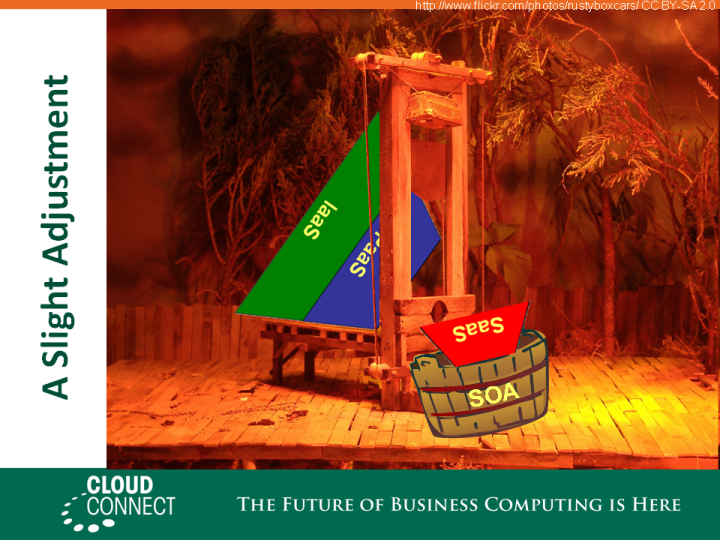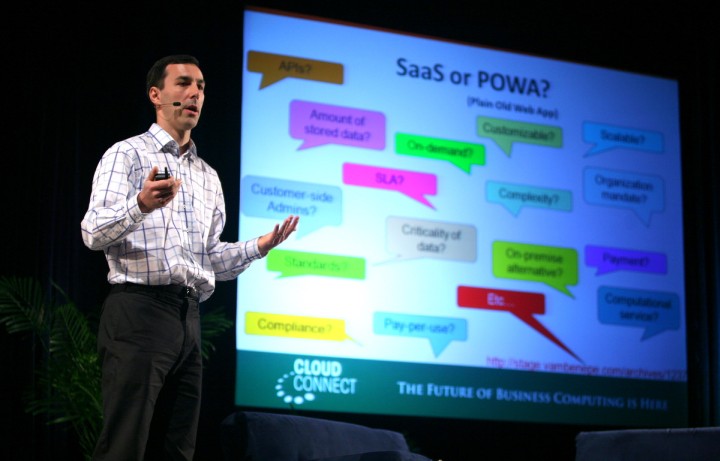When Mark Hurd read Steve Job’s rant against Flash (saying, in effect, “we have to tolerate Flash on our desktops/laptops for now but this piece of crap is not going to soil our iPhones, iPads and iPods”) he must have thought “hey, if I can pull one of these stunts maybe I too will have groupies screaming my name when I unveil our tablet”. Sources tell me he is planning to work on this over the weekend and publish it on hp.com on Monday. I was able to get hold of an early draft, which an HP staffer (or Mark himself?) left in a beer garden. Here is what Mark Hurd has to say to about Windows for mobile devices:
Thoughts on Windows
HP has a long relationship with Microsoft… [Note from Mark: someone inserts some hypocritical blah blah about how we used to love each other – sure hasn’t been the case since I’ve been here]. Today the two companies still work together to serve their joint customers – HP customers buy a big chunk of Windows licenses – but beyond that there are few joint interests.
I wanted to jot down some of our thoughts on Microsoft’s Windows products so that customers and critics may better understand why we will not use Windows in our phones and tablets. Microsoft will characterize our decision as being primarily business driven – they say we want to taste decent margins for once – but in reality it is based on technology issues. Microsoft will claim that we are a closed system, and that Windows is open, but in fact the opposite is true. Let me explain.
First, there’s “Open”.
Microsoft Windows products are 100% proprietary. They are only available from Microsoft, and Microsoft has sole authority as to their future enhancement, pricing, etc. While Microsoft Windows products are widely available, this does not mean they are open, since they are controlled entirely by Microsoft and available only from Microsoft. By almost any definition, Windows is a closed system.
HP has many proprietary products too. Though the WebOS operating system we’ll use in our phones and tablets is proprietary, we strongly believe that all standards pertaining to the web should be open. Rather than use Windows, HP has adopted HTML5, CSS and JavaScript – all open standards. HP’s mobile devices will all ship with high performance, low power implementations of these open standards. HTML5, the new web standard that has been adopted by HP, Apple, Google and many others, lets web developers create advanced applications without relying on proprietary APIs (like Windows). HTML5 is completely open and controlled by a standards committee.
Second, there’s the “full application ecosystem”.
Microsoft has repeatedly said that HP mobile devices will not be able to access “the full application ecosystem” because 75% of applications are Windows applications. What they don’t say is that almost all these applications are also available in a more modern form, using Web standards and implemented as a service, and usable on HP’s upcoming phones and tablets. Microsoft Office, Outlook, financial software etc all have excellent Web-based alternatives. Users of HP’s phones and tablets won’t be missing many applications.
Third, there’s reliability, security and performance.
Windows has had an awful security records for twenty years. We also know first hand that Windows is the number one reason PCs crash. We have been working with Microsoft to fix these problems, but they have persisted for several years now. We don’t want to reduce the reliability and security of our phones and tablets by using Windows.
In addition, Windows has not performed well on mobile devices. We have routinely asked Microsoft to show us Windows performing well on a mobile device, any mobile device, for a few years now. We have never seen it. Microsoft publicly said that Windows would work well on a device starting with the first Windows CE in 1996. Then came Pocket PC 2000, then Pocket PC 2002, then Windows Mobile 2003, then Windows Mobile 5, 6, 6.1 and 6.5, none of which was any good. And now they say it will be with Windows Phone 7. We think it will eventually ship, but we’re glad we didn’t hold our breath. Who knows how it will perform?
Fourth, there’s battery life.
To achieve long battery life, mobile devices must use thin and efficient software and Windows is anything but that. It only runs on power-hungry Intel processors while the same features can be delivered by much smaller and more efficient processors when using WebOS. Not only does the battery last longer, the devices are lighter and don’t leave burn marks on your clothes.
Fifth, there’s Touch.
Windows was designed for PCs using mice, not for touch screens using fingers. For example, many Windows applications have such crappy UI that users depend on tooltips to figure out what a button does. They pop up when the mouse arrow hovers over a specific spot. WebOS revolutionary multi-touch interface doesn’t use a mouse, and there is no concept of a tooltip. Most Windows applications will need to be rewritten to support touch-based devices. If developers need to rewrite their Windows applications, why not use modern technologies like HTML5, CSS and JavaScript?
Even if HP phones and tablets used Windows, it would not solve the problem that most Windows applications need to be rewritten to support touch-based devices.
Sixth, the most important reason.
Besides the fact that Windows is closed and proprietary, has major technical drawbacks, and doesn’t support touch based devices, there is an even more important reason we will not use Windows on our phones and tablets. Windows is an abstraction layer that covers very different underlying hardware.
We know from painful experience that letting a third party layer of software come between the hardware and the developer ultimately results in sub-standard apps and hinders the enhancement and progress of the platform. If developers grow dependent on third party development libraries and tools, they can only take advantage of hardware enhancements if and when the third party chooses to adopt the new features. We cannot be at the mercy of a third party deciding if and when they will make our enhancements available to our developers.
This becomes even worse if the third party is supplying an operating system that runs on hardware from many vendors. The third party may not adopt enhancements from one platform unless they are available on all of their supported platforms. Hence developers only have access to the lowest common denominator set of features. Again, we cannot accept an outcome where developers are blocked from using our innovations and enhancements because they are not available on our competitor’s platforms.
Windows is a multi-hardware abstraction. It is not Microsoft’s goal to help developers write the best application for HP’s phones and tablets. It is their goal to help developers write applications that will run on Windows devices from all hardware manufacturers. [Note from Mark: should I describe how Microsoft has been getting in the way of how our PCs talk to our printers and making a mess of desktop printing for the last 20 years or is this off-topic?]
Our motivation is simple – we want to provide the most advanced and innovative platform to our developers, and we want them to stand directly on the shoulders of this platform and create the best apps the world has ever seen. We want to continually enhance the platform so developers can create even more amazing, powerful, fun and useful applications. Everyone wins – we sell more devices because we have the best apps, developers reach a wider and wider audience and customer base, and users are continually delighted by the best and broadest selection of apps on any platform.
Conclusions.
Windows was created during the PC era – for PCs and mice. Windows is a successful business for Microsoft, and we can understand why they want to push it beyond PCs. But the mobile era is about low power devices, touch interfaces and open web standards – all areas where Windows falls short.
The avalanche of Web-based applications accessible from Web-enabled mobile devices demonstrates that Windows is no longer necessary to access application functionalities of any kind.
New open standards created in the mobile era, such as HTML5, will win on mobile devices (and PCs too [Note from Mark: maybe I should remove that parenthesis or we’ll give Ballmer a heart attack]). Perhaps Microsoft should focus more on creating a great Web-centric platform for the future, and less on criticizing HP for leaving the past behind.
Mark Hurd
April, 2010
[UPDATED 2010/5/18: I hear echos of “should I describe how Microsoft has been getting in the way of how our PCs talk to our printers and making a mess of desktop printing for the last 20 years or is this off-topic?” in the statements Mark Hurd made during his post-earning analyst call today: “when you look across the HP ecosystem of interconnected devices, it is a large family of devices and we think of printers, you’ve now got a whole series of web connected printers and as they connect to the web, [they] need an OS.” Though I am really puzzled by the next line: “Hurd adds that HP prefers to own the OS to “control the customer experience” as it always has in printing.” HP doesn’t control the customer experience at all in printing, because of Windows. It’s only because we are so used to it that we don’t realize how awful the printing experience is, whether using a connected printer or over the network. Glad to see that they intend to apply the Palm acquisition to this problem too.]
[UPDATED 2010/5/26: According to some, this breakup letter from HP caused a breakup inside Microsoft: The reason Robbie Bach was fired]

